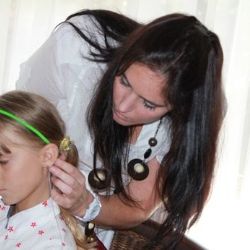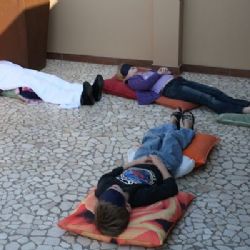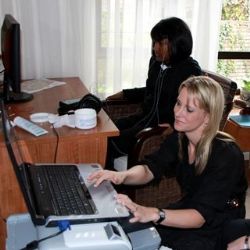EDUCATIONAL ASSESSMENTS
During our educational assessments, we use a number of tests to make sure that we get to the bottom of the presented problem in order to help the client as best as possible. We pride ourselves in being very thorough and detailed with our assessments. A detailed report is written up and explained in a feedback session so that clients and parents of clients understand the results and recommendations fully.
Here are some examples of the different tests that are used:
• South African Individual Scale (S-SAIS-R) or J-SAIS-R (junior) or Wechsler (IQ Tests)
• Bender Gestalt Test
• Auditory Discrimination Test
• One Minute Mathematical Tests
• One Minute Reading Test
• Schonell Spelling Test
• MBTI – Personality Test
• Draw a Person Test
• Kinetic Family Drawing
• Small QEEG
• Clinical Observation
1. The IQ Tests
The S-SAIS-R, J-SAIS-R or Wechsler measures mental ability. It was used to evaluate the testee’s strengths and weaknesses in order to obtain diagnostic information.
The test is divided into a number of subtests where some subtests measure verbal abilities and the rest measure non-verbal abilities. The results show if the person has learning disabilities, having a low or high IQ, and it detects concentration problems, emotional problems and areas where the testee can improve.
2. Bender Gestalt Test
The Bender Gestalt test measures visual-motor integration and emotional behaviour. This test assesses if the brain sees what the eyes have captured.
3. Auditory Discrimination Test
This test was used to see if the testee has an auditory problem. This test assesses if the brain is taking in what the ears have captured.
4. One Minute Mathematical Tests
The results indicate if the testee is functioning according to his/her chronological mathematical age.
5. One Minute Reading Test
The reading test was done to determine the testee’s reading age.
6. Schonell Spelling Test
This test determines the testee’s spelling age.
7. Kinetic Family Drawing (KFD)
The KFD shows the family dynamics, the perception of psychological support and warmth in the home environment and the emotional development of the testee. This test is used to get an understanding of the testee’s emotions and his/her environment.
8. DAP – Draw a Person
This drawing is used to compare the testee’s IQ score to the S-SAIS-R score and to look at emotional maturity.
9. QEEG
The neurofeedback assessment is conducted on 14 separate points of the cranium, assessing the amplitude of five prominent frequencies or brainwaves, as dictated by international regulation (known as the Ten-Twenty System).
Several considerations are made during the interpretation of assessment results:
| 1. Posterior to anterior comparison 2. T heta/Low beta ratio 3. Right-to-left inter-hemispheric comparison 4. Descending amplitude |
|
||||||||||||||
Our neurofeedback assessment measures the different naturally occurring brainwaves, using internationally recognised Electroencephalogram (EEG) sites. It is generally accepted that the left side of our brain is our logical side, which is supposed to work faster than our right, more emotional side. If our brain is in a state of asymmetry we experience symptoms such as anxiety, low self-esteem, depleted energy levels and depression. Higher amplitudes of slow brainwaves in the prefrontal, frontal and central areas in our brain can cause concentration problems. Higher amplitudes of fast beta brainwaves in our brain can cause stress, ruminations, worries, concentration and sleep problems.
The assessment is an extremely interesting process, utilising Quantitative Electroencaphalography (QEEG) to ascertain the patterns and distribution of activity throughout the brain. Through this method, you can find out how to train your brain towards positive change and optimal functioning. Training is fun, effective and long lasting.
10. MBTI – Personality Test (only done with older children – High School)
This test identifies the testee’s personality profile and highlights possible careers that might be suitable according to the personality type.
11. Clinical Observation
The clinical observation is done by the tester in informal interviews and the observations made during the psychological assessments.
The assessments will take three hours. After that a report is written up and we see the client or the parents for a feedback session, which will take one hour.
We are looking forward to meeting you soon.
Sign-Up for Our Newsletter
Gallery
Interview With Lisa Raleigh On e-tv
Andrea Kellerman walk the Top Billing crew through a session of Neurofeedback / BrainTraining!
FAQ's Testimonials Downloads






